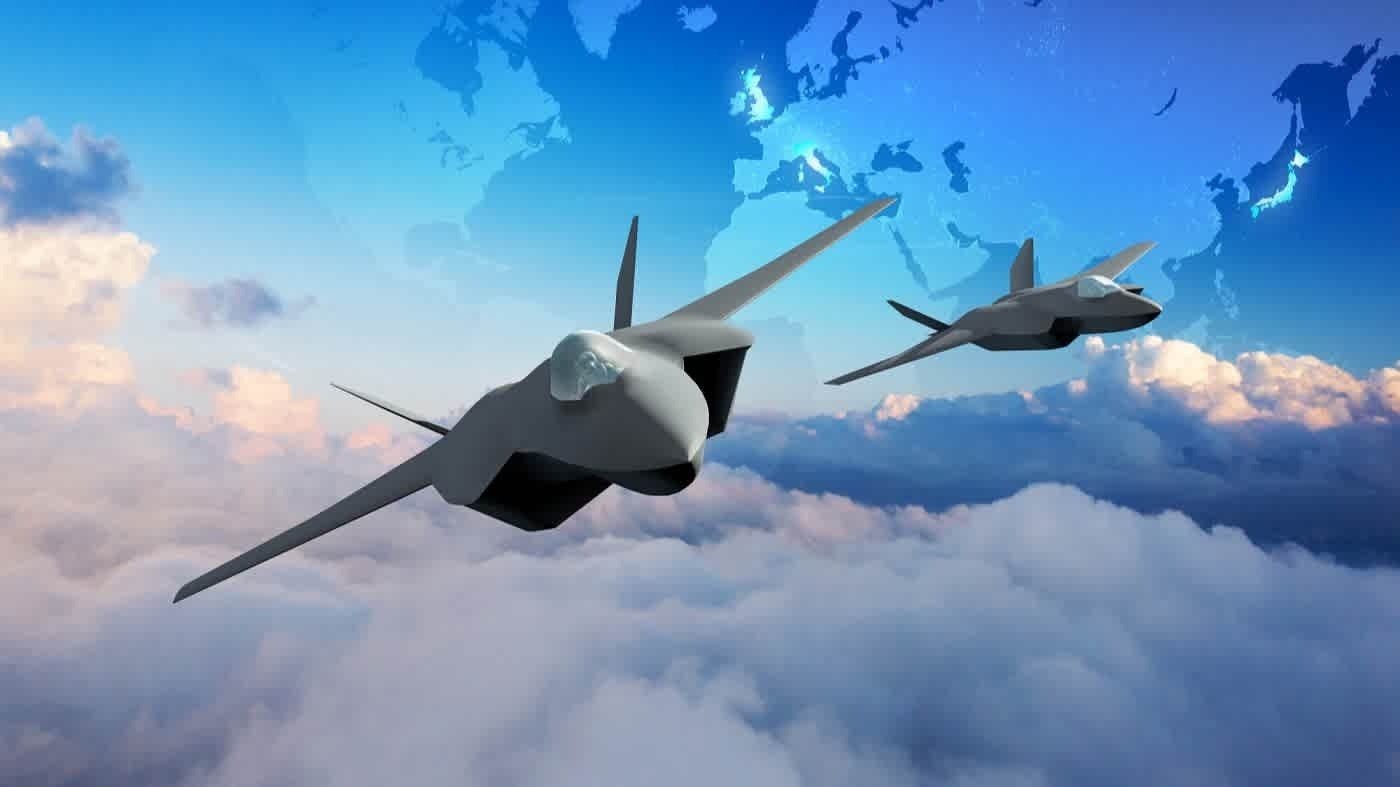
Britain's next-generation fighter jet, the Tempest, is being jointly developed by Japan and Italy.
According to Nikkei Asia , a draft guideline was just released by the Japanese government on June 20 regarding following American and European standards when producing domestic defense equipment.
The draft aims to reduce maintenance costs and increase business opportunities for Japanese defense companies.
The plans come as increasingly sophisticated sensor and radar technology in defense equipment increases the cost of maintenance and replacement of parts.
Japan's maintenance costs for fiscal 2023 are expected to be 2 trillion yen ($14.4 billion), or nearly 30 percent of defense-related spending. That compares with just over 10 percent in 1990.
Rising equipment costs lead to increased operating times. For example, the Japan Self-Defense Force (SDF) F-15 fighter jet has been in service since 1981. Older equipment requires more safety inspections and parts replacement, leading to higher maintenance costs.
Most of the SDF’s equipment to date has been built on proprietary standards, making it difficult to exchange parts with other militaries. Increasingly complex small-batch production has contributed to rising costs, according to Japan’s 2022 defense white paper.
The new draft guidelines call for domestic companies to develop and manufacture equipment compatible with North Atlantic Treaty Organization (NATO) member states, Australia and other allies.
The plan aims to standardize equipment among the parties with which Japan conducts joint exercises in the Indo-Pacific and elsewhere.
In addition to reducing prices and increasing domestic production, the new strategy could help SDF increase its ability to operate continuously, preventing situations where equipment cannot be moved due to lack of components.
US asked to buy TNT explosives from Japan to produce artillery shells for Ukraine?
Japan's defense industry has more than 1,000 companies involved in the production of fighter planes and tanks, and more than 8,000 companies involved in the production of destroyers.
Japan currently restricts exports of lethal equipment, but the government is considering easing those restrictions to allow more exports. So a unified standard would help companies secure sales channels.
Source link











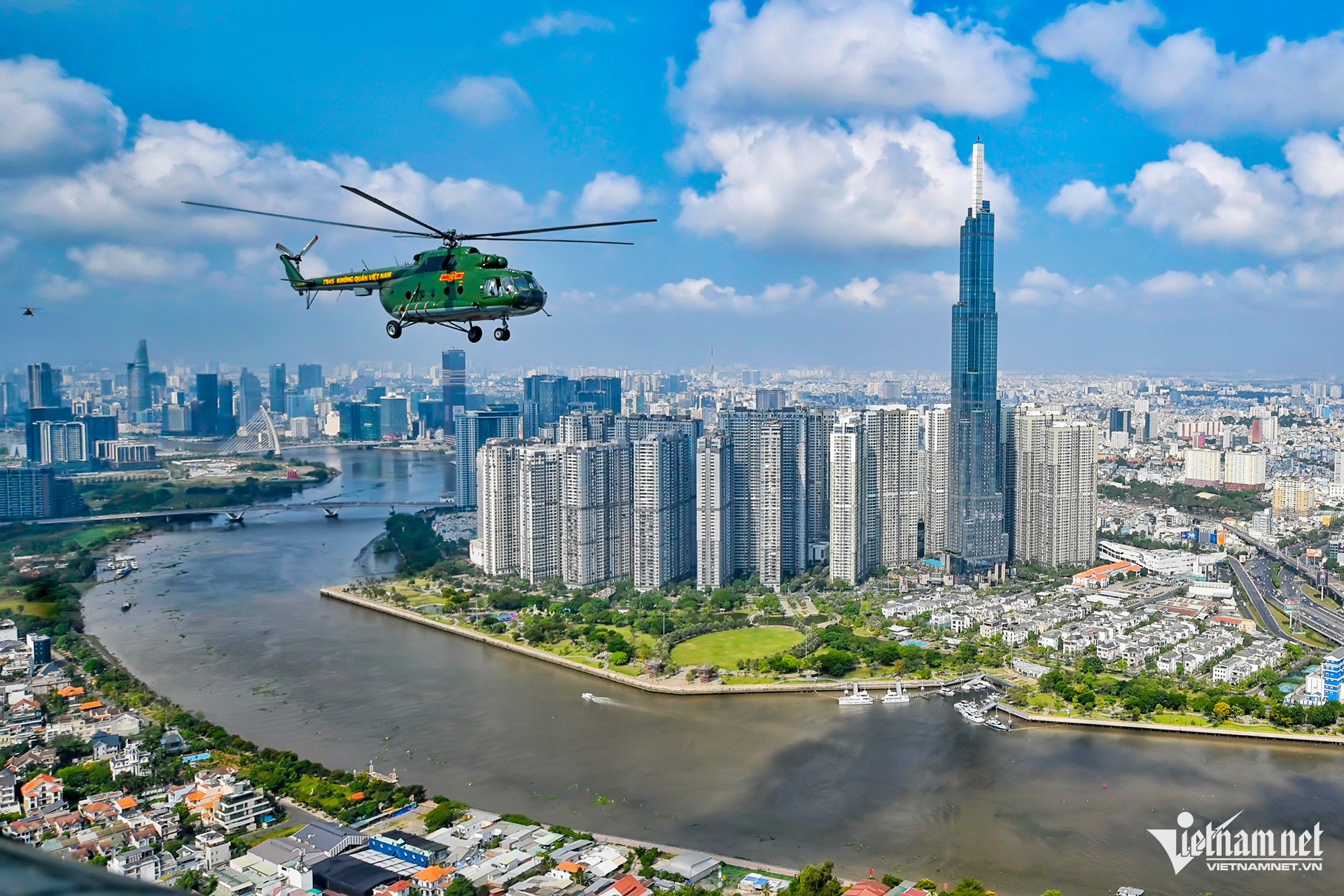

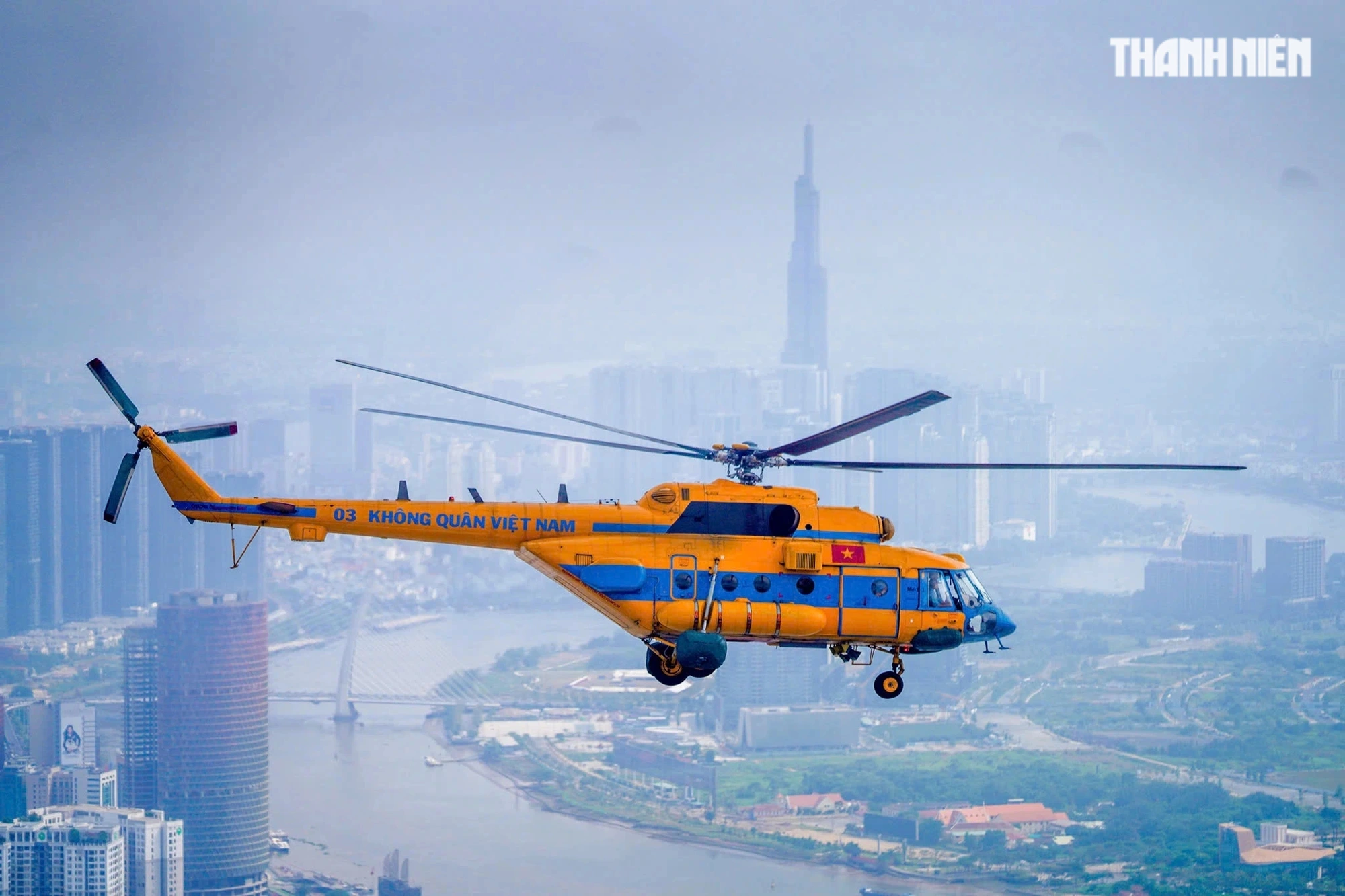
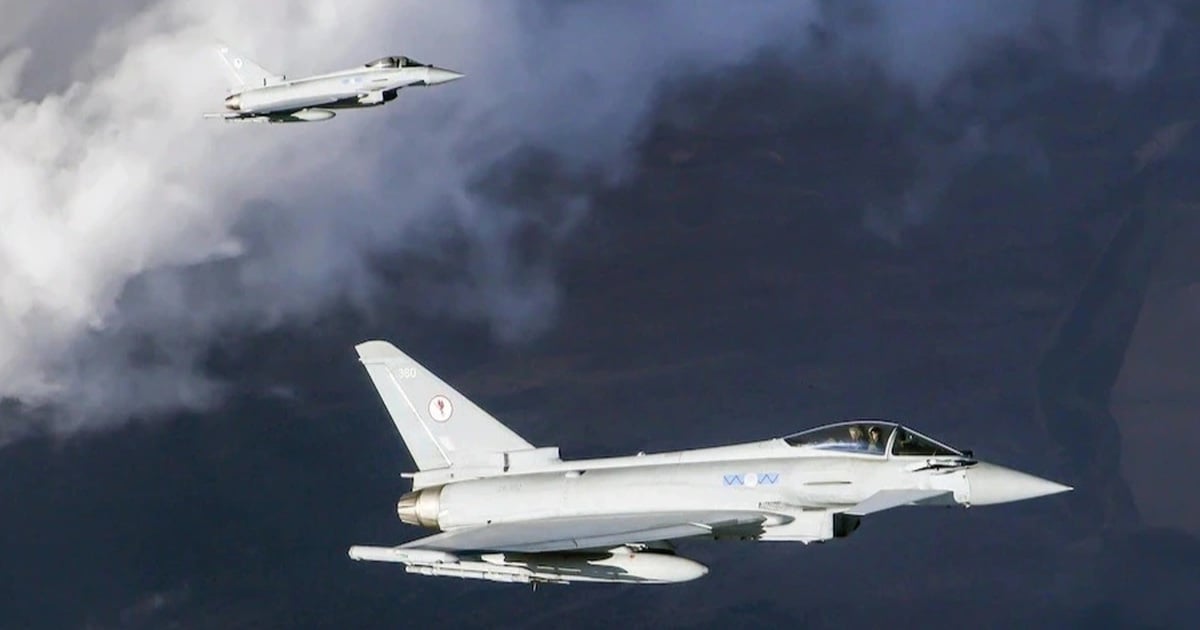


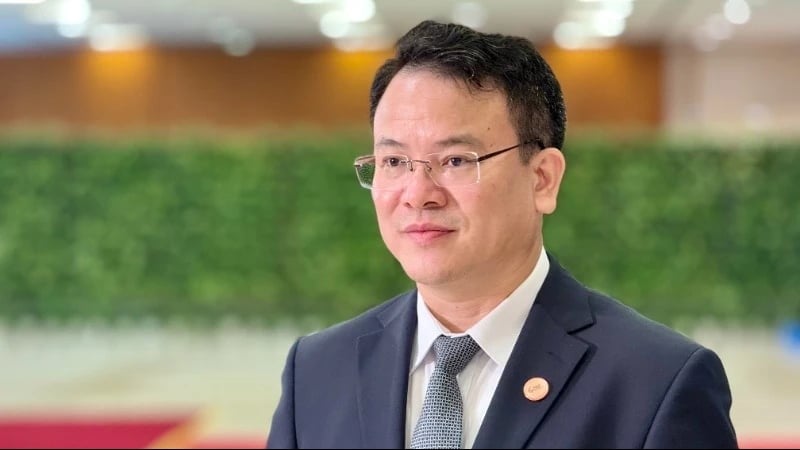
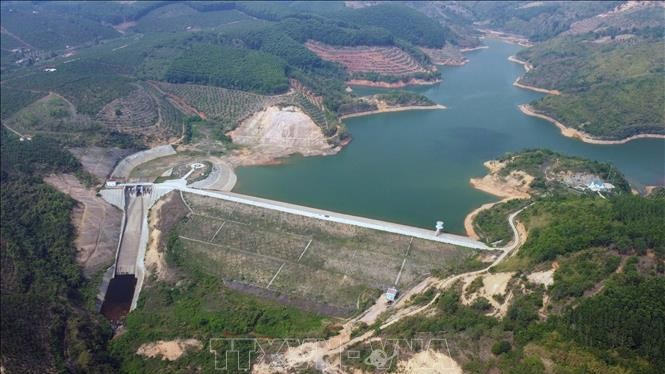
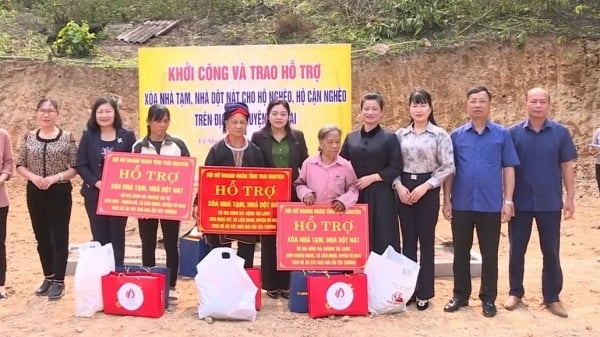
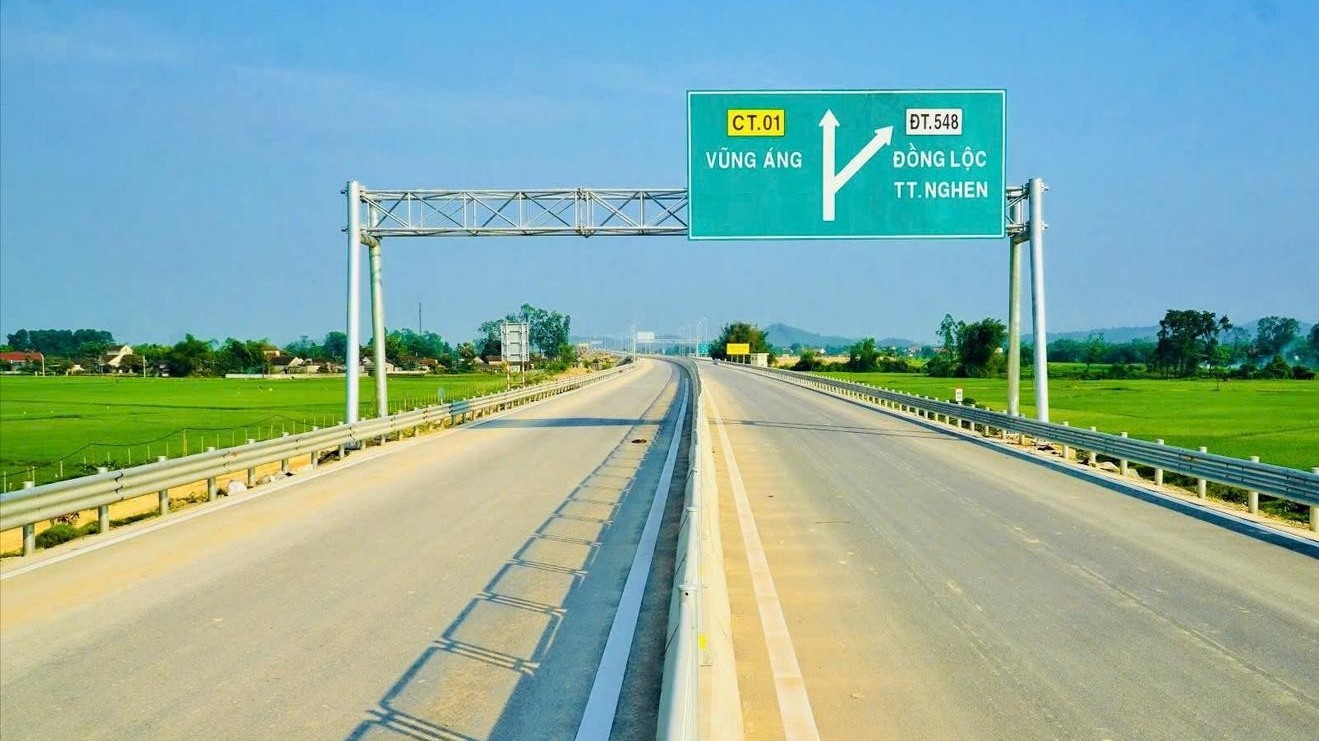
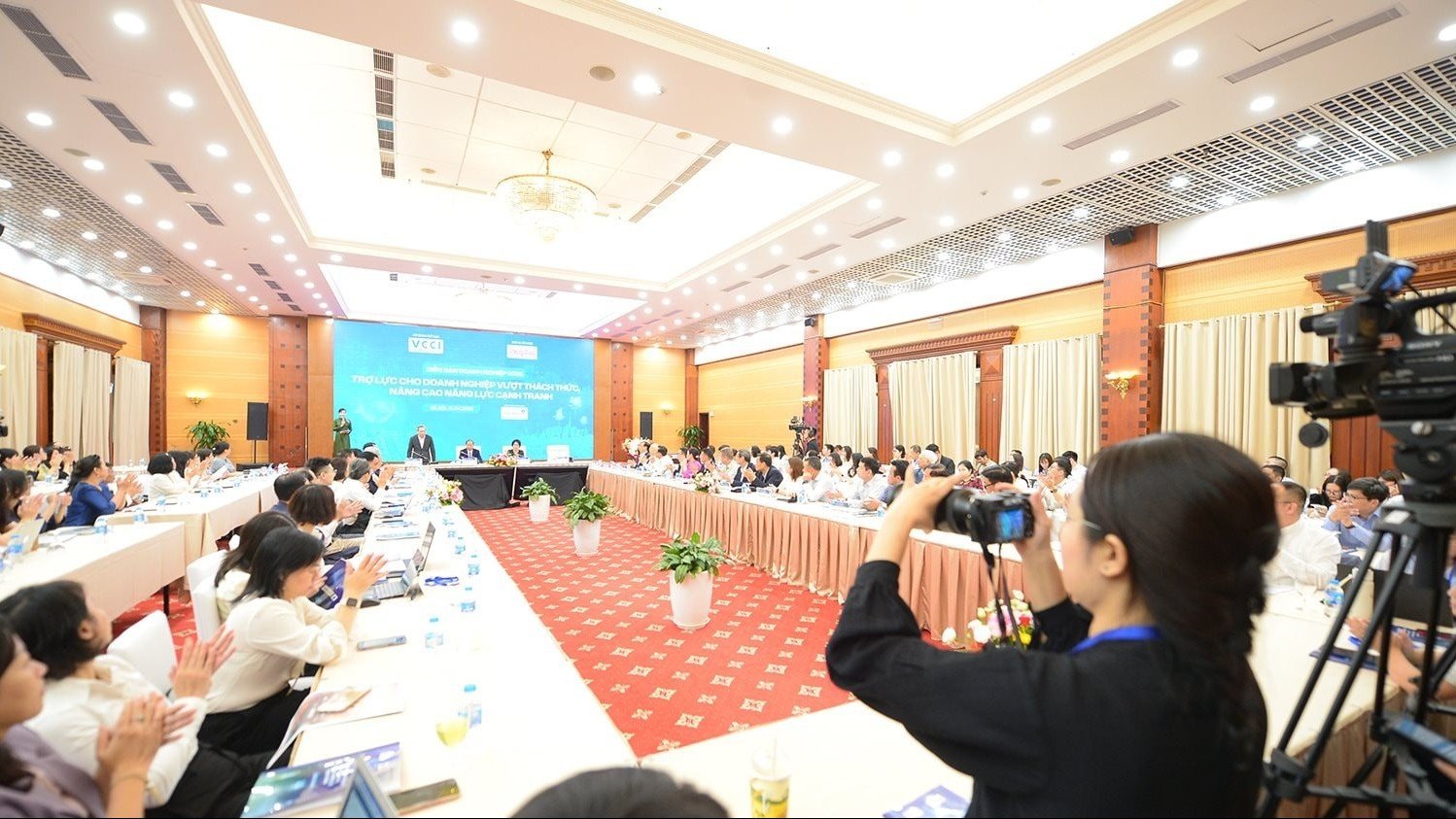
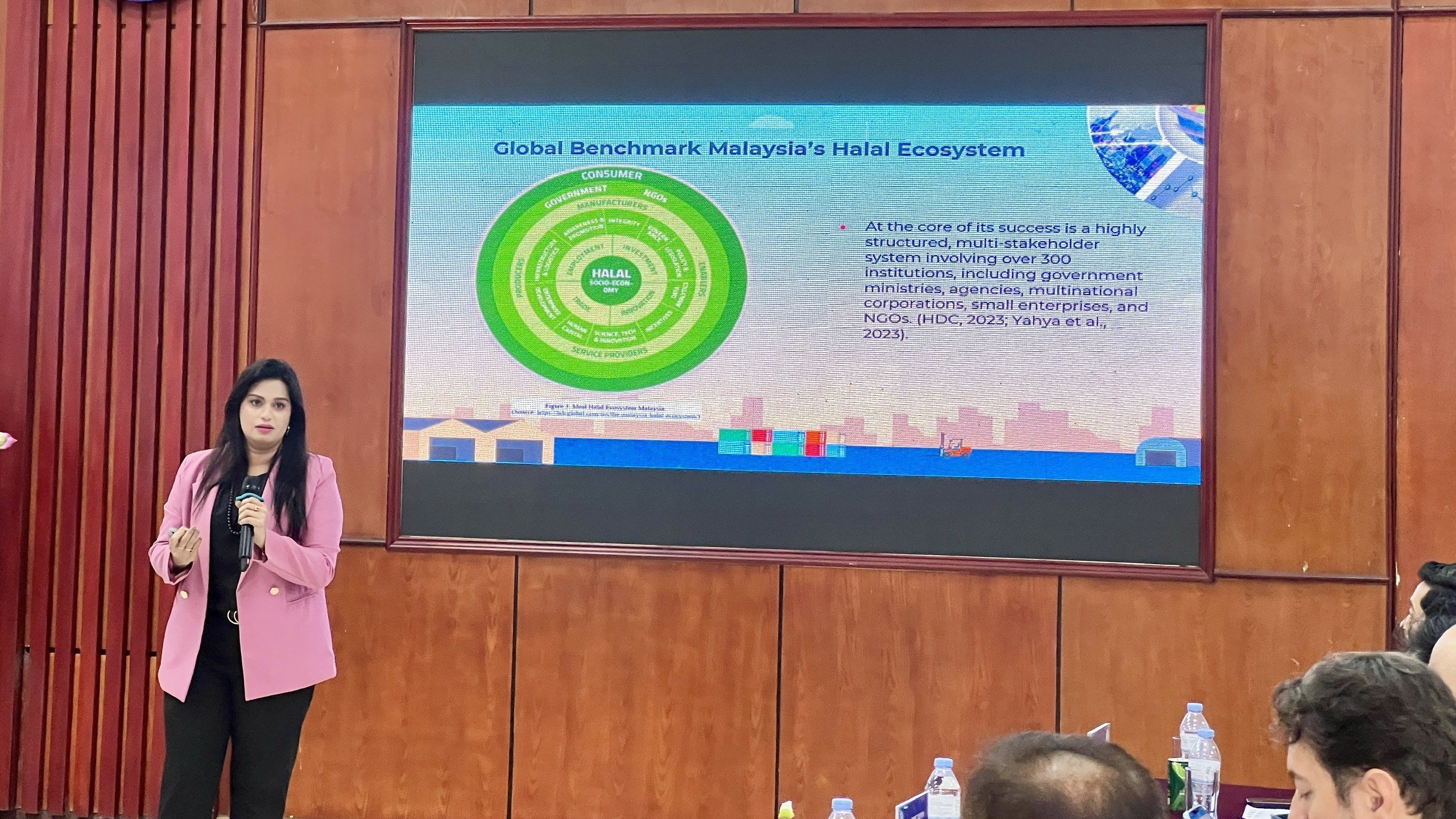








![[Photo] Air Force practices raising flag in Ho Chi Minh City sky in preparation for April 30th holiday](https://vstatic.vietnam.vn/vietnam/resource/IMAGE/2025/4/18/de7139d9965b44f8ac1f69c4981196fd)





















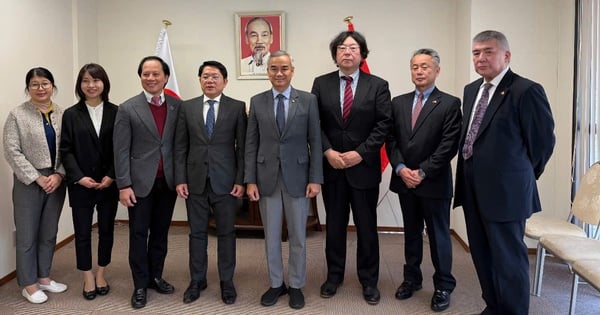




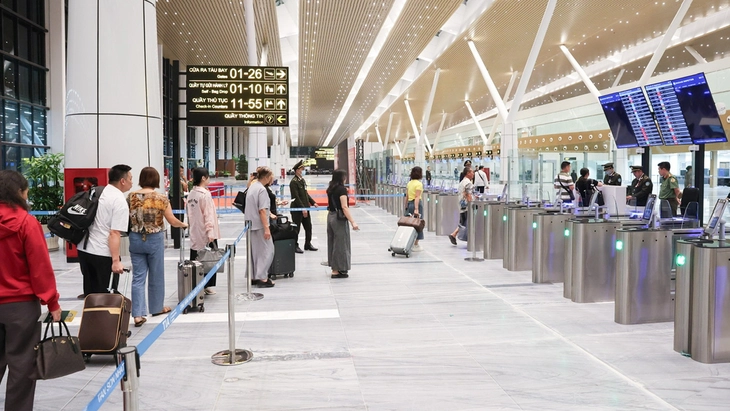





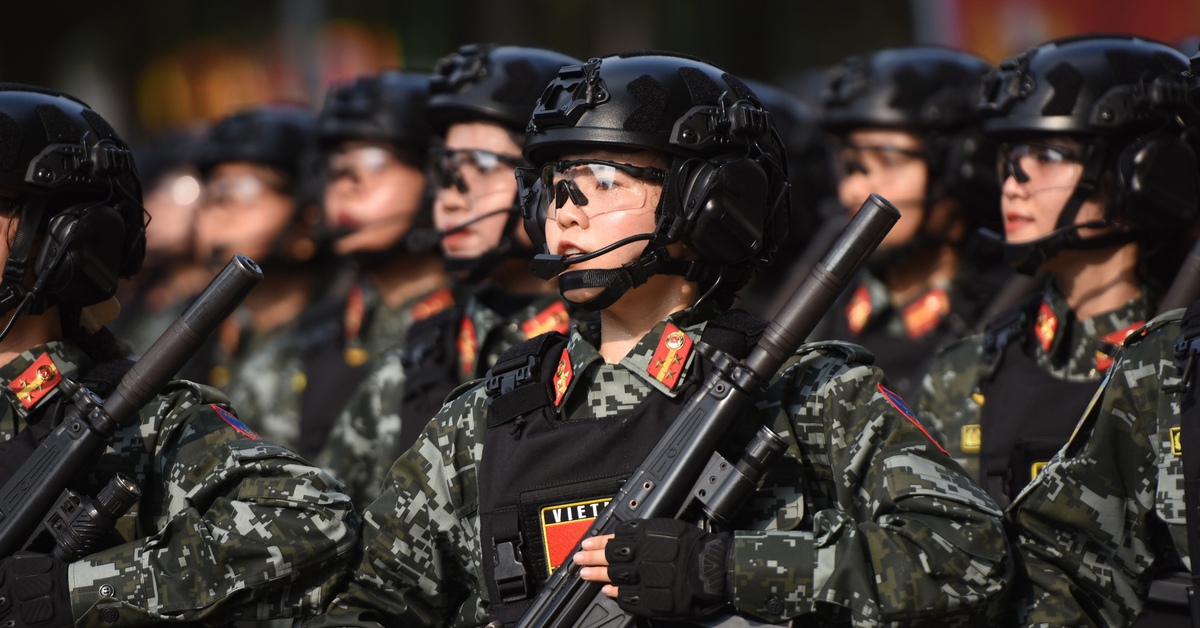

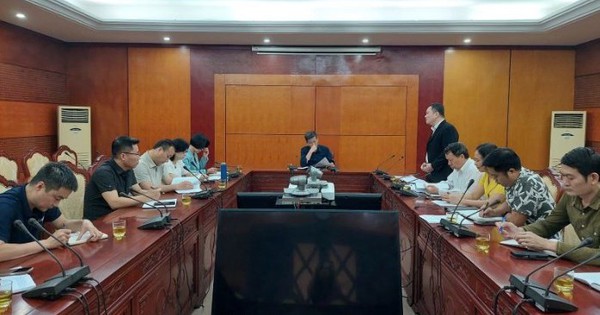





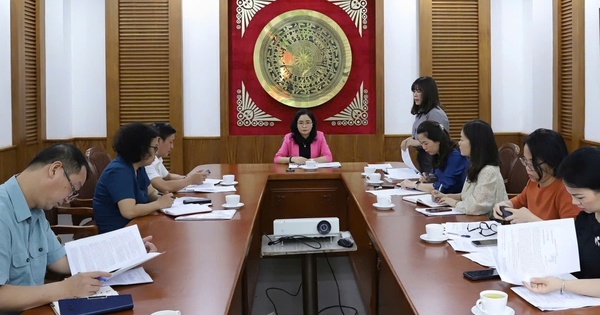















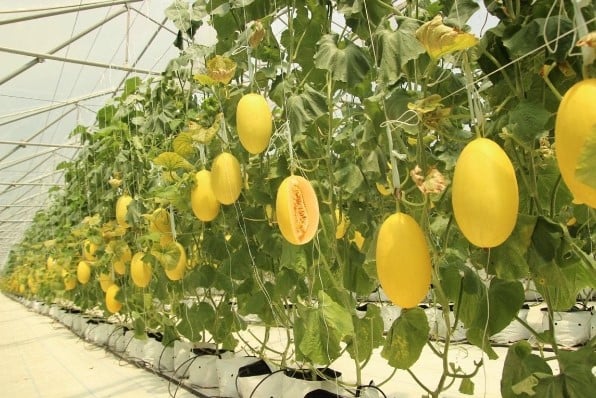
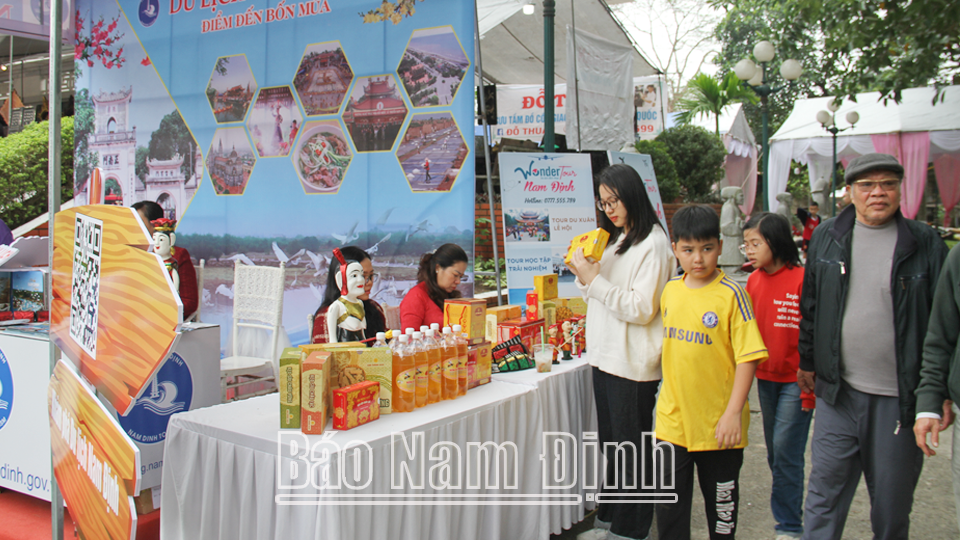




Comment (0)